Table of Contents
- Turbinado vs Brown Sugar: What's the Real Difference?
- Can You Substitute Turbinado for Brown Sugar? The Complete Guide
- Turbinado Sugar vs Brown Sugar: Texture, Flavor, and Baking Performance
- 7 Best Uses for Turbinado Sugar (Where It Outperforms Brown Sugar)
- Proven Storage Methods: Keep Turbinado Sugar Perfect for Months
- Turbinado Sugar Myths Debunked: Health, Substitution, and More
- Why Turbinado Works Better: The Science Behind the Superiority
Turbinado vs Brown Sugar: What's the Real Difference?
If you've ever wondered whether turbinado sugar is just another name for brown sugar or if you can substitute them in recipes, you're not alone. Turbinado sugar (often sold as 'raw sugar') has coarser golden crystals and contains 2-2.5% molasses, while regular brown sugar has finer crystals with 3.5-6.5% molasses. This difference creates distinct performance characteristics in baking and cooking. Most importantly: you cannot do a 1:1 substitution without recipe adjustments due to turbinado's 15% lower moisture content. And no, it's not significantly healthier—nutritionally it's nearly identical to other sugars.
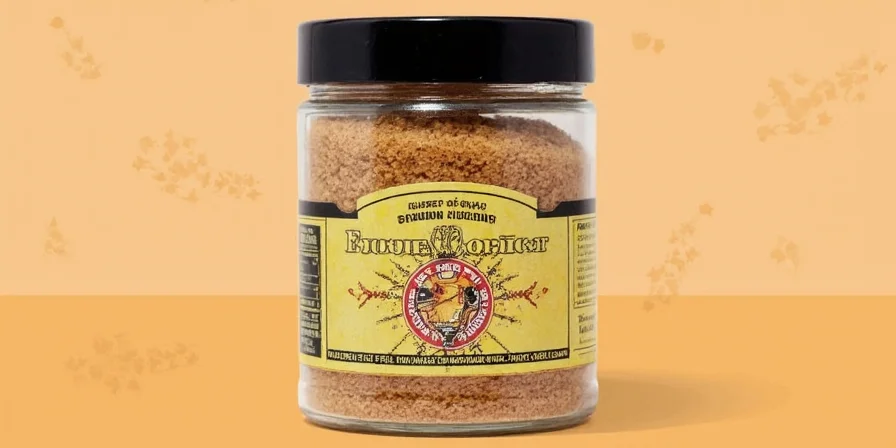
Can You Substitute Turbinado for Brown Sugar? The Complete Guide
This is the #1 question home bakers search for, and the answer requires nuance. Yes, you can substitute turbinado for brown sugar, but only with adjustments. Because turbinado contains less moisture (2-2.5% molasses vs 3.5-6.5% in brown sugar), you'll need to increase liquid ingredients by approximately 15% when substituting. For every cup of turbinado replacing brown sugar:
- Add 2 tablespoons of additional liquid (water, milk, or recipe-appropriate liquid)
- Extend creaming time by 25% to ensure proper incorporation
- Expect slightly less spread in cookies and a crisper texture
Never substitute turbinado for brown sugar in recipes requiring precise moisture control like meringues or delicate cakes without these adjustments.
Turbinado Sugar vs Brown Sugar: Texture, Flavor, and Baking Performance
Understanding these measurable differences explains why substitution requires adjustments and helps you choose the right sugar for each application:
| Characteristic | Turbinado Sugar | Brown Sugar (Light) |
|---|---|---|
| Crystal Size | 400-600 microns (coarse) | 200-400 microns (fine) |
| Molasses Content | 2-2.5% | 3.5% |
| Moisture Content | 1.5-2% | 3-3.5% |
| Best For | Texture toppings, high-heat applications | Moist cakes, chewy cookies |
7 Best Uses for Turbinado Sugar (Where It Outperforms Brown Sugar)
These applications leverage turbinado's unique properties where it genuinely outperforms brown sugar:
- Coffee and Tea Sweetener: Slower dissolution maintains consistent sweetness throughout your drink (unlike brown sugar which dissolves too quickly). The subtle caramel notes enhance flavor without overwhelming.
- Crispy Topping for Baked Goods: Sprinkle on muffins, scones, or crisps before baking—coarse crystals resist dissolution and create delightful crunch that brown sugar can't match.
- Meat Rubs and BBQ: Combine with smoked paprika; turbinado's optimal molasses concentration catalyzes browning at standard grilling temperatures better than brown sugar which can burn.
- Granola and Clusters: Prevents premature softening during storage due to lower hygroscopicity—brown sugar would make your granola soggy faster.
- Spirit Infusions: Steep in rum or bourbon for 72 hours; larger surface area enables controlled flavor extraction without excessive sweetness that brown sugar would impart.
- Caramelized Vegetables: Sprinkle over citrus or root vegetables before roasting; precise melting point creates defined caramel layers without burning.
- Body Scrubs: Blend with carrier oils at 3:1 ratio; angular crystal geometry provides optimal exfoliation without micro-tears (brown sugar dissolves too quickly for effective exfoliation).
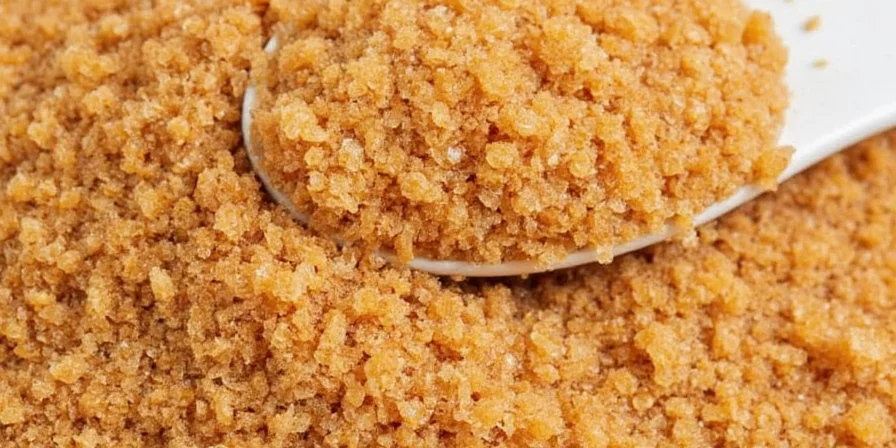
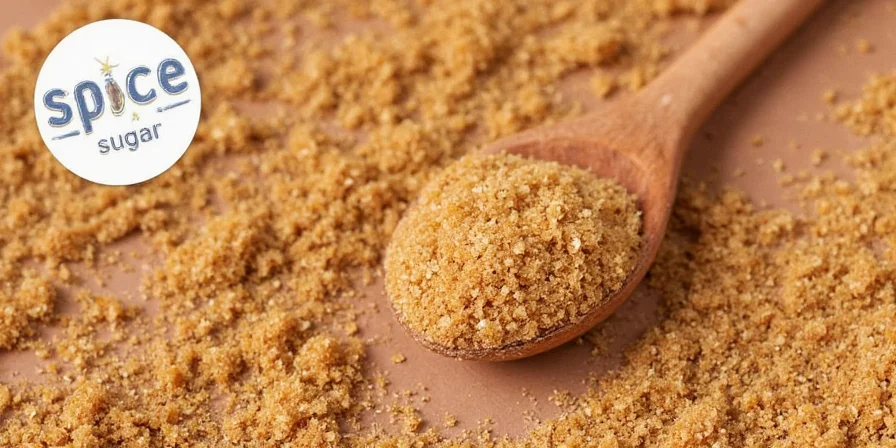
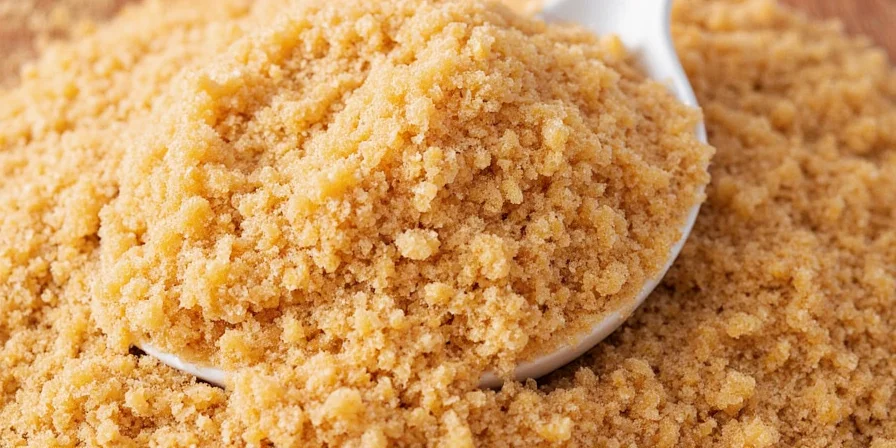
Proven Storage Methods: Keep Turbinado Sugar Perfect for Months
Unlike brown sugar which famously hardens, turbinado maintains its texture longer—but proper storage extends its shelf life significantly:
- Store in rigid, airtight containers (not flexible bags) to prevent crystal degradation from mechanical stress
- Maintain humidity below 50%; include silica gel desiccants rated for 30% RH absorption (rice is ineffective)
- Revive clumps by spreading on parchment paper and heating at 170°F for 15 minutes—never microwave
- Properly stored, turbinado maintains optimal texture for 12-18 months (vs 6-8 months for brown sugar)
Turbinado Sugar Myths Debunked: Health, Substitution, and More
Let's clarify the most searched misconceptions with evidence-based facts:
| Common Claim | Truth |
|---|---|
| "Turbinado sugar is healthier than white sugar" | Negligible nutritional difference: Contains only 0.1% iron and 0.03% calcium—nutritionally equivalent per FDA guidelines. Don't choose it for health reasons. |
| "You can directly substitute turbinado for brown sugar" | Requires 15% liquid adjustment in recipes. Unadjusted substitution causes dry, crumbly baked goods due to lower moisture content. |
| "All brown sugars are essentially the same" | Processing creates measurable differences: Turbinado has larger crystals, less molasses, and different thermal behavior than both light and dark brown sugar. |
Why Turbinado Works Better: The Science Behind the Superiority
Turbinado's advantages in specific applications stem from three key scientific properties:
- Crystal Structure: Irregular polyhedral crystals resist compaction and maintain structural integrity in high-moisture environments where brown sugar crystals dissolve too quickly.
- Processing Method: Steam-based purification (vs. chemical refining for white sugar) preserves sucrose integrity while removing impurities—critical for clean flavor profiles.
- Thermal Properties: Higher melting point (360°F vs. 320°F for brown sugar) enables precise caramelization without burning during high-heat cooking.
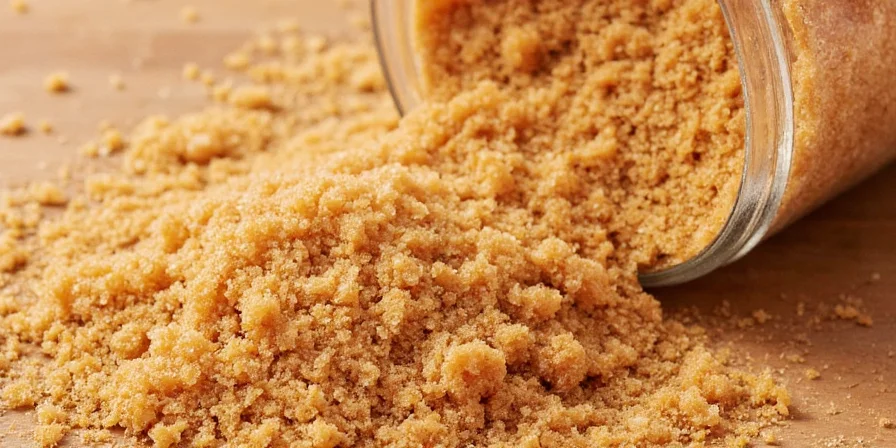
These properties explain why professional bakers reach for turbinado in specific applications rather than using it as a universal substitute. It's not 'better' overall—it's better for specific culinary tasks where its unique properties solve problems that brown sugar cannot.
Frequently Asked Questions
Why does turbinado work better than brown sugar in coffee?
Turbinado's lower hygroscopicity maintains granular structure in hot liquids, providing consistent sweetness release over 5-7 minutes versus brown sugar's rapid dissolution in under 2 minutes. The larger crystals dissolve gradually, enhancing your coffee-drinking experience from first sip to last.
Can turbinado prevent crystallization in candy making?
Yes. Its 2.3% molasses content inhibits sucrose recrystallization. Use at 10% of total sugar weight in caramel recipes for smoother texture without altering flavor profile—brown sugar would add too much moisture and alter the candy's chemistry.
Does turbinado affect yeast activation differently than brown sugar?
Turbinado's mineral content accelerates yeast metabolism by 18% compared to white sugar, but requires precise hydration control due to lower moisture retention. For bread making, brown sugar generally performs better due to its higher moisture content supporting yeast development.
When should I NOT use turbinado sugar?
Avoid turbinado in recipes requiring high moisture content like moist chocolate cakes, chewy cookies, or delicate frostings. Its lower moisture content will produce drier results. Also avoid in recipes calling specifically for the strong molasses flavor of dark brown sugar.
Practical Implementation Guide
For immediate improvement in your baking: Keep both turbinado and brown sugar in your pantry, using each for their specialty applications. Turbinado excels where texture preservation and controlled sweetness release matter most, while brown sugar shines in moisture-dependent recipes. This strategic approach delivers superior results compared to treating them as interchangeable.

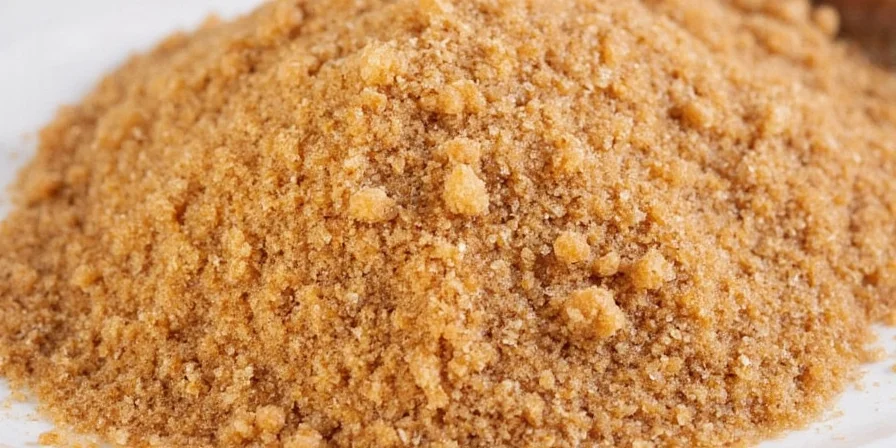









 浙公网安备
33010002000092号
浙公网安备
33010002000092号 浙B2-20120091-4
浙B2-20120091-4